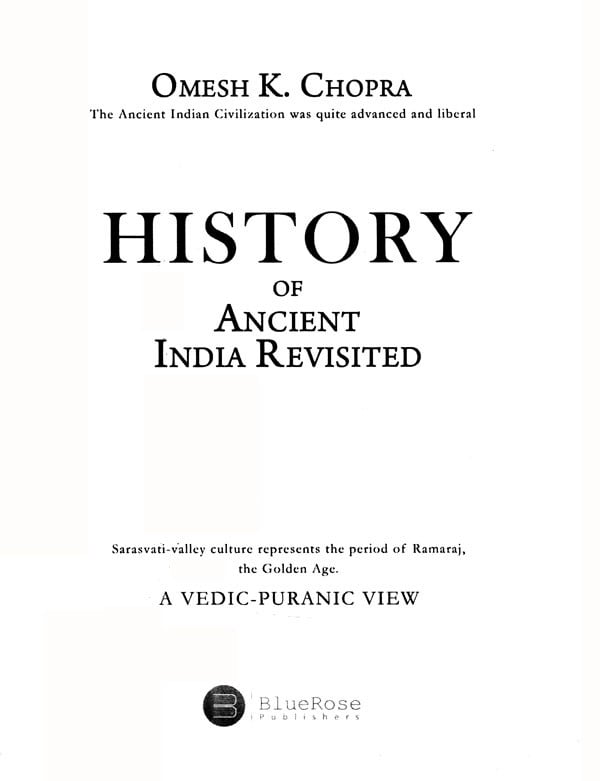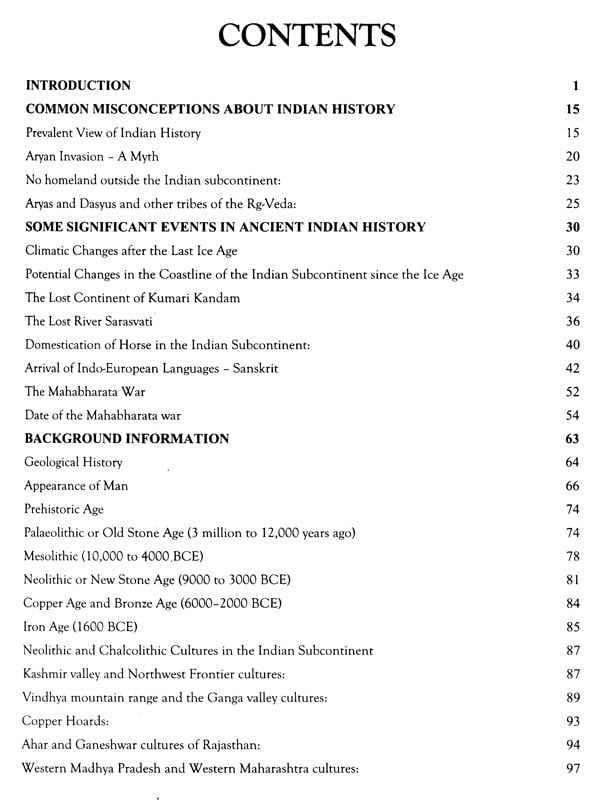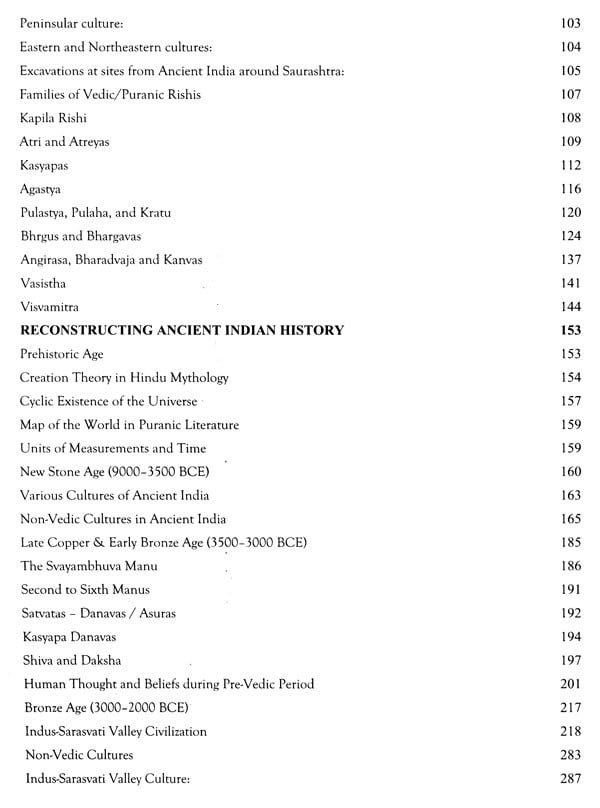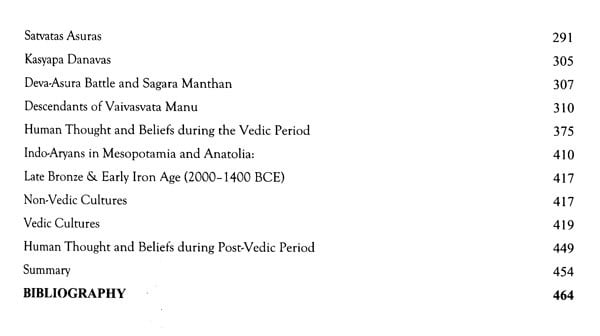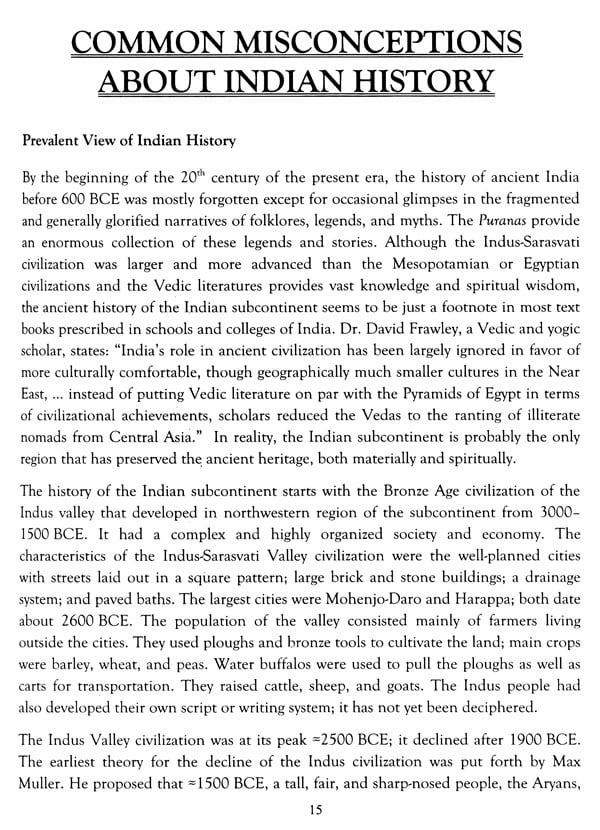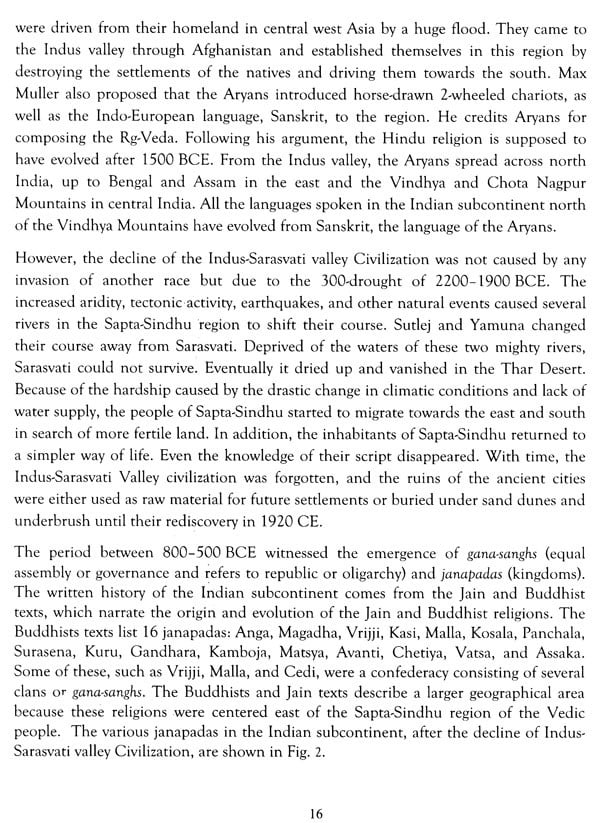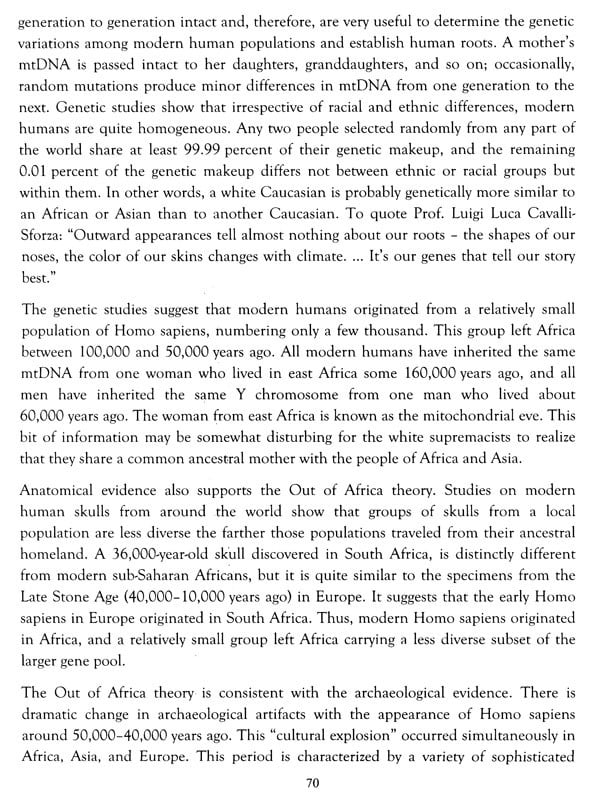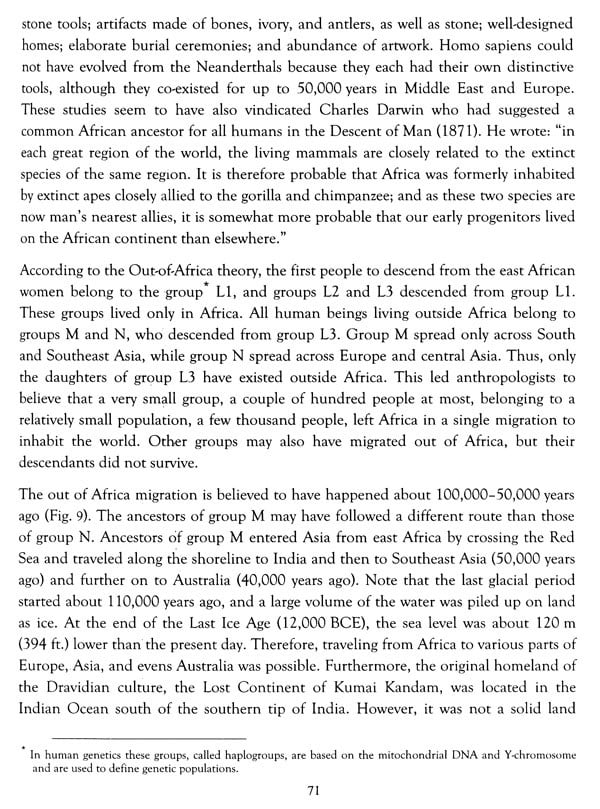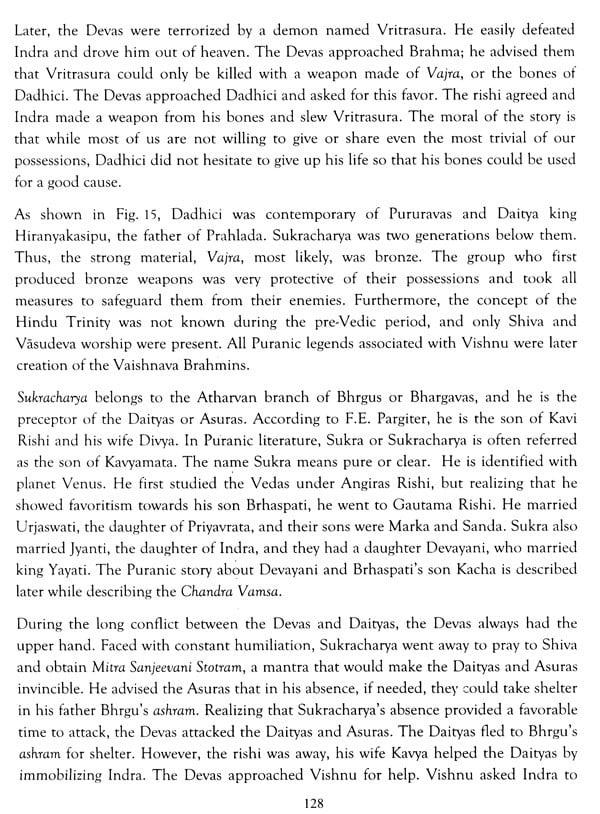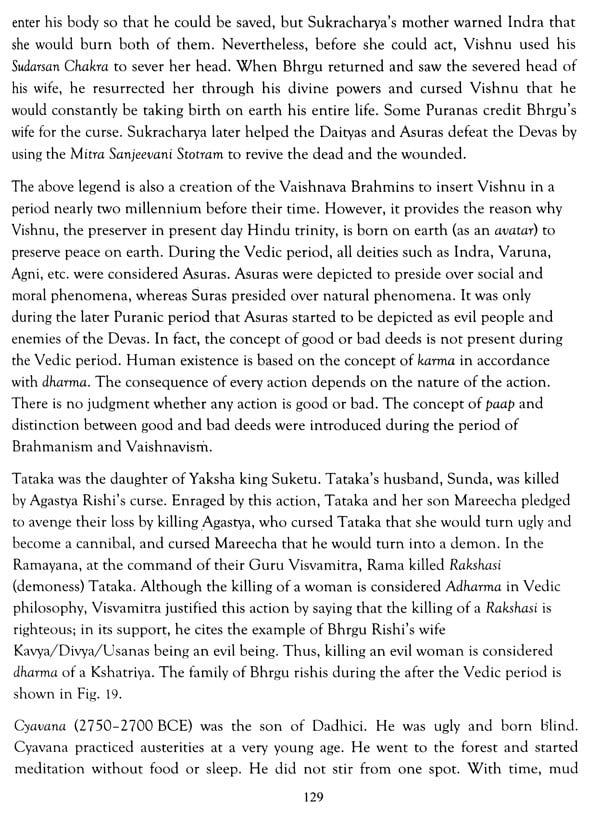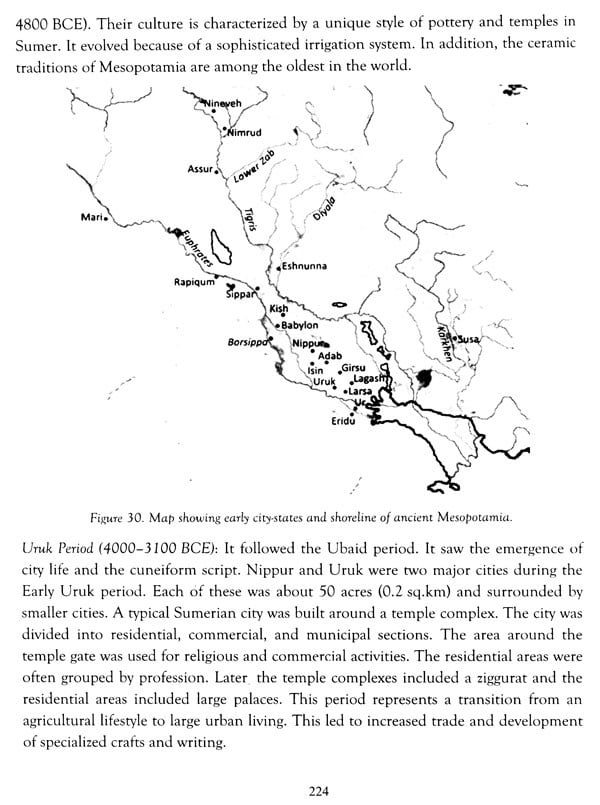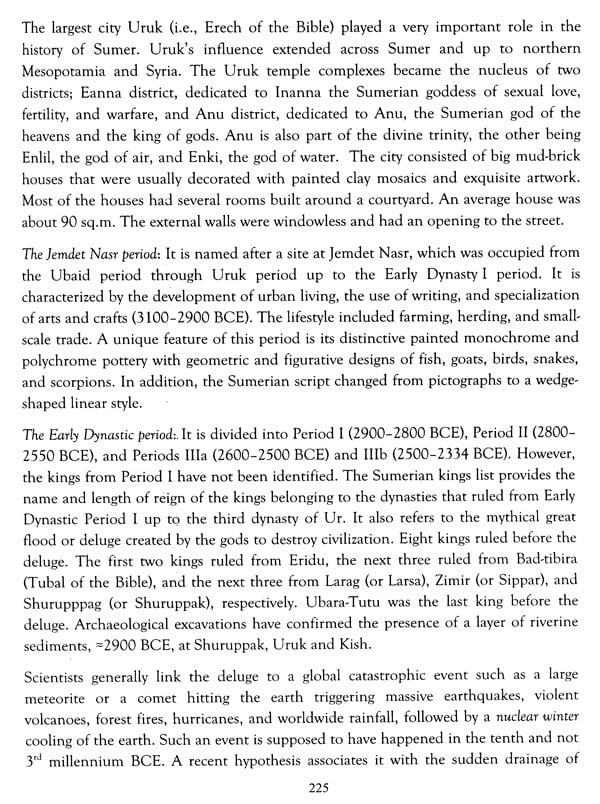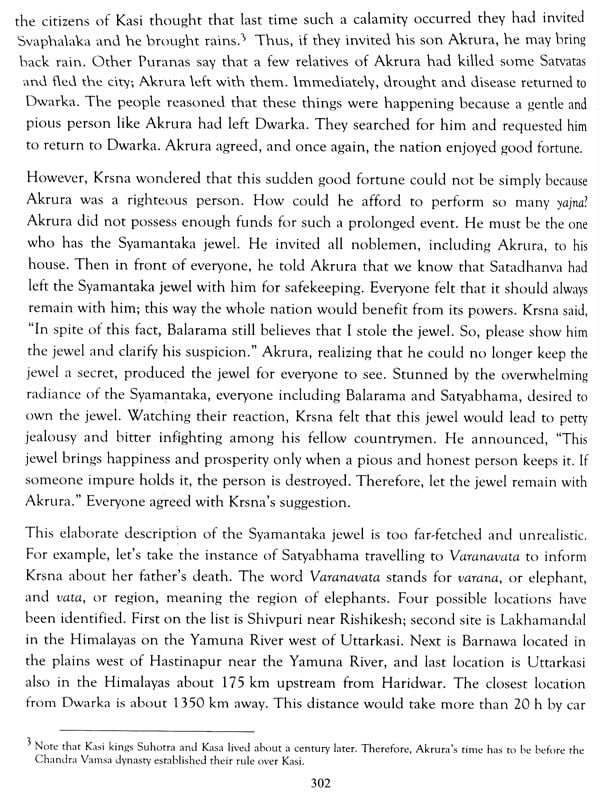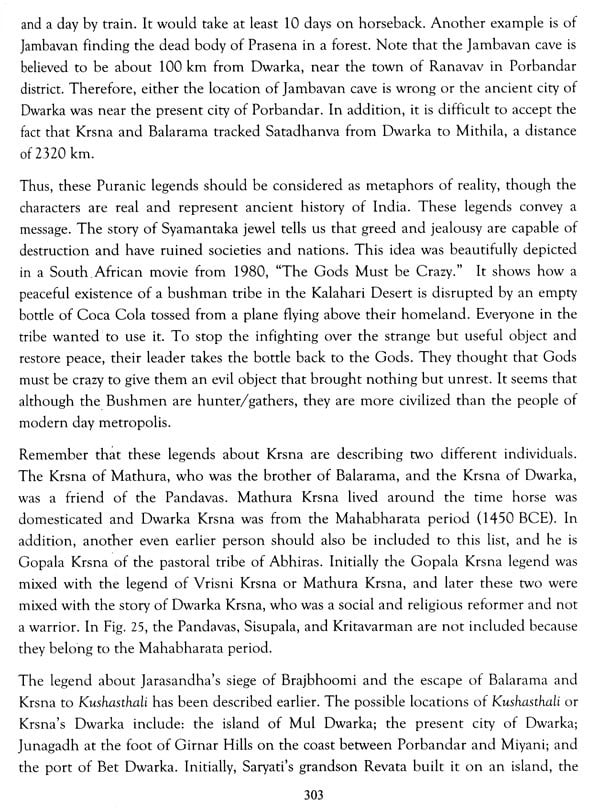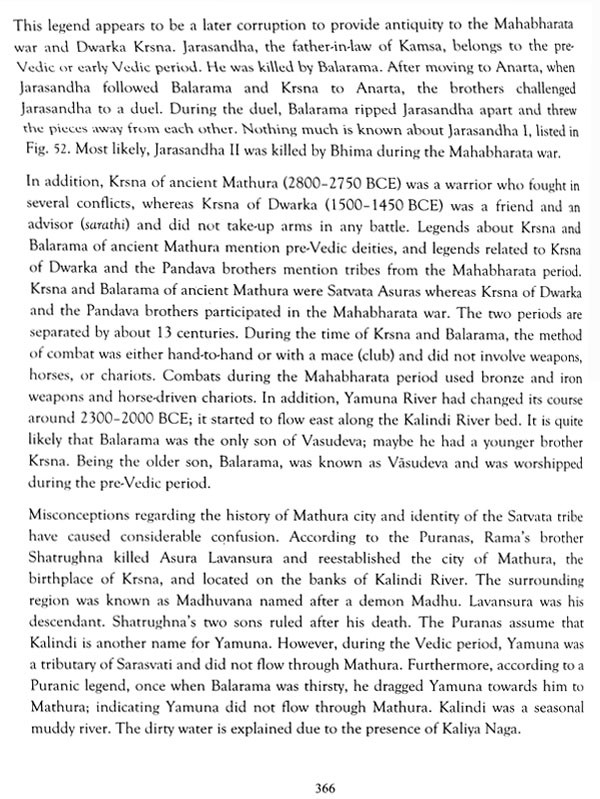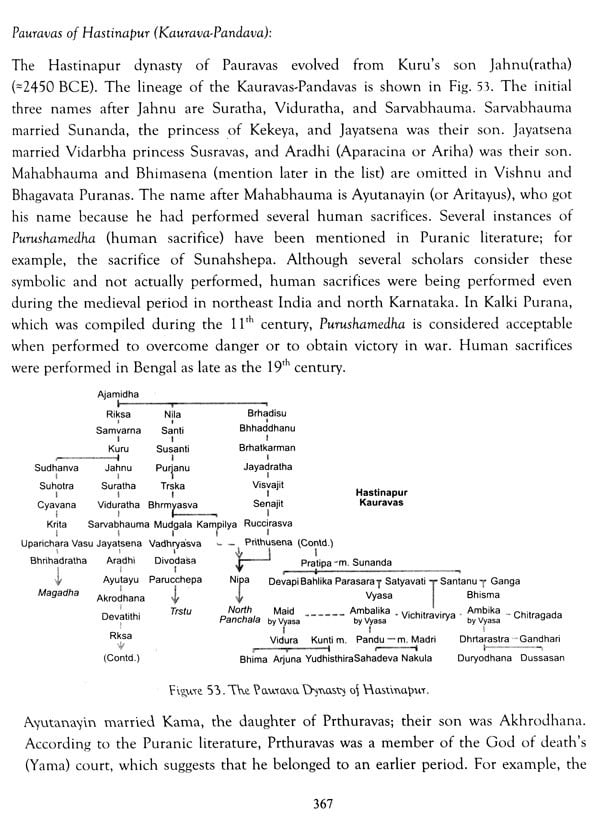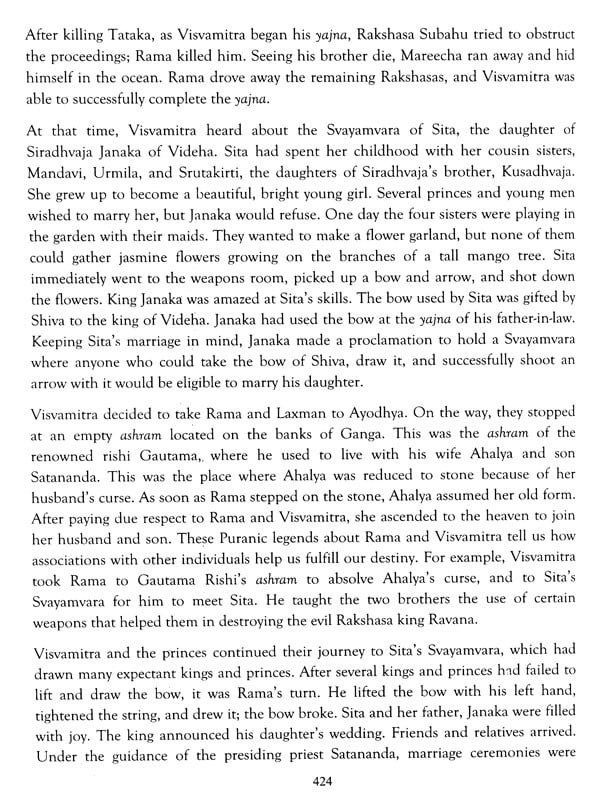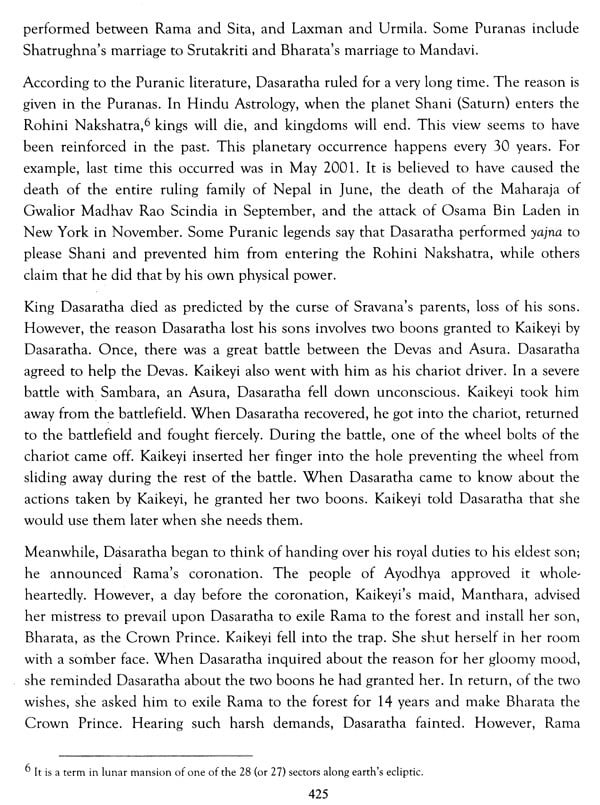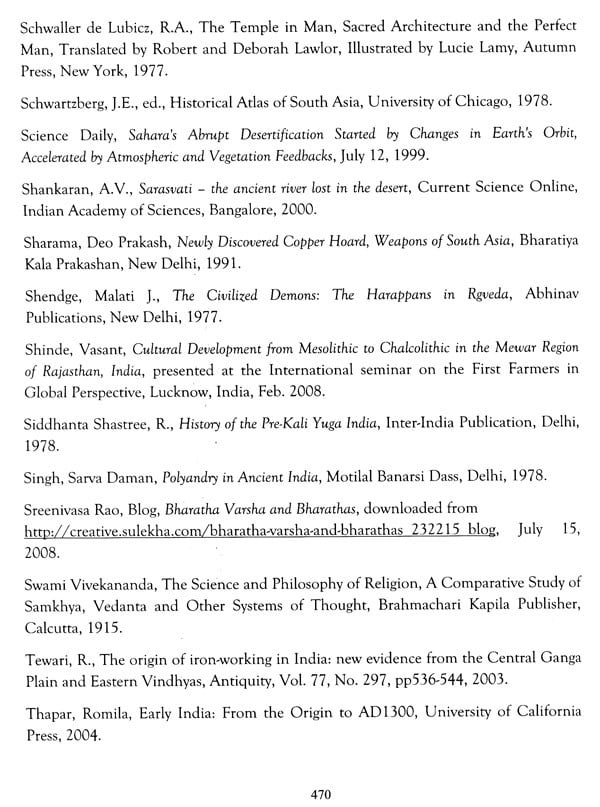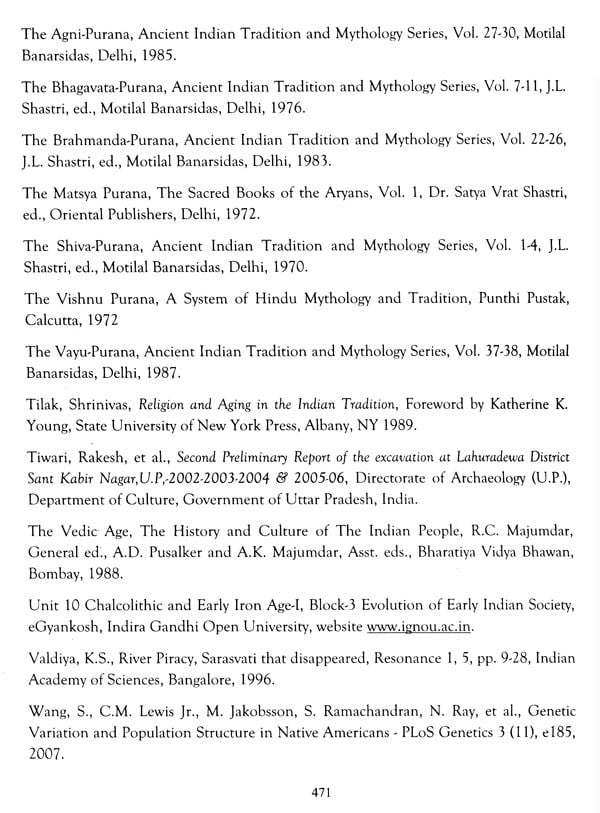
History of Ancient India Revisited- A Vedic-Puranic View (The Ancient Indian Civilization was Quite Advanced and Liberal)
Book Specification
| Item Code: | UBE580 |
| Author: | Omesh K. Chopra |
| Publisher: | Blue Rose Publishers |
| Language: | English |
| Edition: | 2019 |
| ISBN: | 9789353477806 |
| Pages: | 480 |
| Cover: | PAPERBACK |
| Other Details | 9.50 X 7.50 inch |
| Weight | 810 gm |
Book Description
(1) The rise in sea levels due to melting of land-based snow after the last Ice Age (i) Migration of the Dravidian people from the lost continent of Kumari Kandam that submerged under the Indian Ocean.
(iii) The dates for the start of farming, use of kiln-baked bricks, domestication of horses, and metal working in the Indian subcontinent.
(iv) The dates when Saraswati River dried up and the Mahabharata War occurred.
The book notes that aava-containing or rath-containing names could not have existed before horses were domesticated or charlots were in use. The book also notes that Mathura Krana is different from Dwarks Krana; the two are separated by more than 1000 years.
During Mathura Krana's time, conflicts were settled by hand-to-hand combat or with the use of a mace. In contrast, during Dwarka Krena's time, metal arms were used.
One day a charlatan came to town from faraway lands. He claimed to possess a cloth so delicate that it was invisible to anyone who, either had committed a sin or was extremely stupid. Because of his obsession for new cloths, the Emperor decreed him to stitch a robe from this delicate cloth. When ready, the robe was brought to the Emperor's court for inspection. No one in the court, including the Emperor, could see the robe, because there was nothing to see. However, they all were aware of the unique quality of the cloth and, since they could not see the Emperor's robe, were too embarrassed to admit this fact, lest they be considered sinners or stupid. They all assumed that they were the only one who could not see the robe. The Emperor also thought that although he may not be the most intelligent person in the kingdom, he was not dim-witted, and he may not be spiritual, but he was a virtuous person. It would be shameful to admit that he could not see the robe; he would lose the respect of his subjects. He asked his most trusted and loyal minister for his opinion. The old was similarly too embarrassed to admit the fact that there was no robe and told the Emperor that it was the most exquisite robe he had ever seen. To please the Emperor, other noblemen present in the court also described the beauty of the robe, its elegance, brilliant colors, and delicate fabric.
everybody in town was talking about the Emperor's new robe. Convinced that the robe was genuine, the Emperor decided to wear it in public. On the day of the chief minister presented the robe to the Emperor, "Look, Sire, is it not gorgeous?" he said. "Yes, it is beautiful," replied the Emperor and went along with the motions of putting it on. "Is it not comfortable?" asked the minister. "Yes, it is so that it feels like I have nothing on. Let's proceed, I would like to meet my subjects."
**Contents and Sample Pages**
